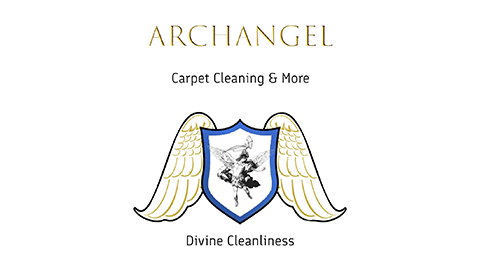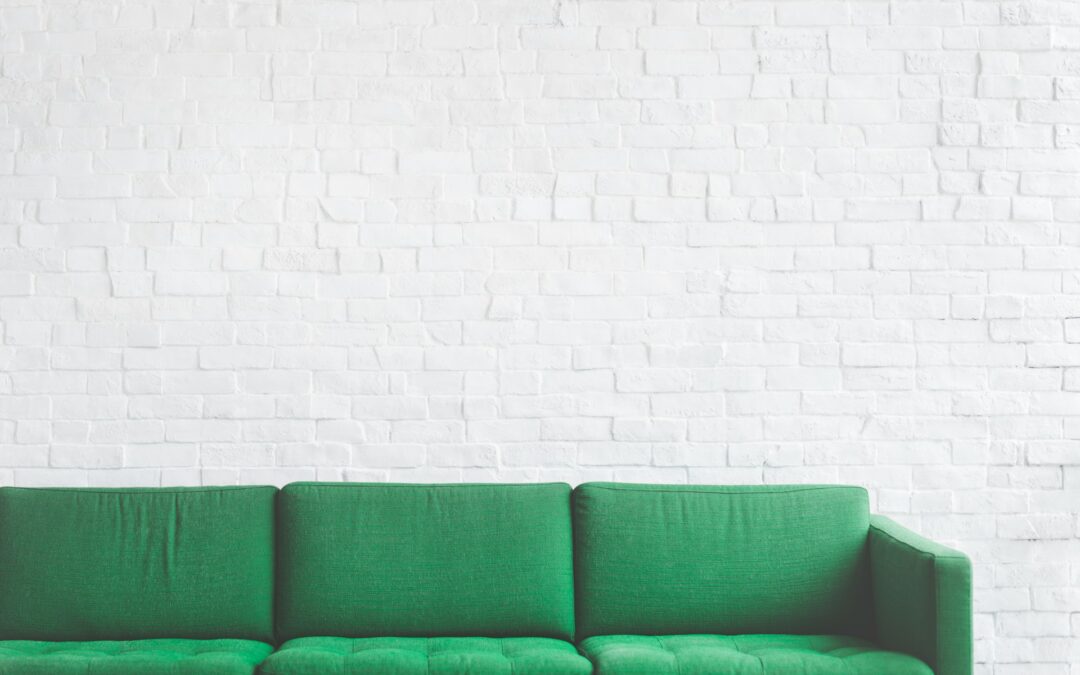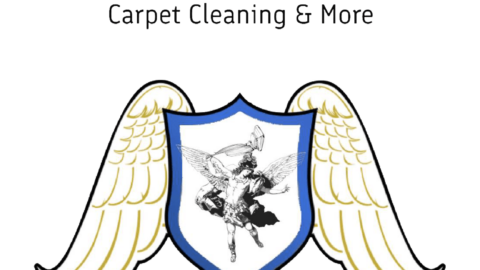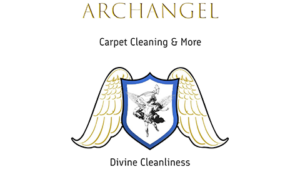Understanding the different types of upholstery fabric is essential for choosing the right cleaning method. Each fabric has specific care needs, and using the wrong cleaning solution can cause damage. Checking the care tags and doing a quick fabric test in an inconspicuous area can go a long way.
DIY cleaning solutions using household items are both convenient and effective. Simple things like baking soda, vinegar, and hydrogen peroxide can tackle a variety of stains and odors. Quick responses to spills and regular maintenance can prevent stains from becoming permanent. Adding slipcovers and scheduling professional cleanings are also great ways to prolong the life of your upholstery. With these simple techniques, your furniture can stay looking clean and fresh for years.
Understanding Different Upholstery Fabrics for Better Cleaning
Fabric Types and Their Specific Cleaning Needs
Different upholstery fabrics require different cleaning methods to keep them in good shape. Common fabrics like cotton, linen, and microfiber can usually handle water-based cleaning solutions. Cotton and linen are breathable and durable, but they can stain easily, so it’s important to treat spills quickly. Microfiber is stain-resistant and easy to clean with simple soap and water.
Delicate fabrics like silk and velvet require more careful handling. Silk should be dry cleaned to avoid watermarks and fabric damage. Velvet can be cleaned with a damp cloth and a small amount of gentle detergent, but always follow with a dry cloth to remove any moisture. Leather and suede need specialized cleaners that won’t dry out or damage the material.
Checking Fabric Care Tags for Guidance
Always check the care tags on your upholstery before starting any cleaning project. These tags provide important information about the fabric type and recommended cleaning methods. Look for symbols such as “W” for water-based cleaning, “S” for solvent-based cleaning, “WS” for both water and solvent options and “X” for vacuuming or professional cleaning only.
Testing a small, hidden area of the fabric with your chosen cleaning solution is a good practice. This will help ensure you won’t discolor or damage the entire piece. Caring for your upholstery according to the fabric-specific guidelines will make cleaning easier and safer.
DIY Upholstery Cleaning Solutions You Can Make at Home
Using Baking Soda for Freshening Up Upholstery
Baking soda is a versatile cleaner that can freshen up your upholstery. Sprinkle a generous amount of baking soda over the fabric and let it sit for 15 to 20 minutes. It helps absorb odors and lift dirt from the fibers. After the waiting period, vacuum the baking soda off, and your furniture will smell fresher and look cleaner.
Vinegar and Dish Soap Mix for Spot Cleaning
A mixture of vinegar and dish soap is effective for spot cleaning upholstery. Combine one cup of warm water, half a cup of white vinegar, and a teaspoon of dish soap. Mix well and pour into a spray bottle. Lightly spray the stained area and blot with a clean cloth. Avoid soaking the fabric, as too much moisture can lead to mildew. Wipe the area with a damp cloth to remove any soap residue, then let it air dry.
Hydrogen Peroxide for Tough Stains
Hydrogen peroxide is great for treating tough stains but should be used cautiously. Mix two parts hydrogen peroxide with one part dish soap. Apply the solution sparingly to the stained area and blot with a clean cloth. Hydrogen peroxide can bleach certain fabrics, so test it on a hidden area first. This powerful cleaner can effectively tackle stubborn spots like wine, blood, and ink.
DIY solutions offer a convenient and affordable way to keep your upholstery clean. Just remember to follow fabric-specific guidelines and test solutions before using them on visible areas.
Preventing and Handling Common Upholstery Stains
Quick Response to Spills and Accidents
The key to preventing stains is acting fast when spills or accidents happen. Grab a clean cloth or paper towels and blot the spill immediately. Speed is crucial to keeping the liquid from soaking into the fabric and becoming a permanent stain. If you address the spill right away, it’s much easier to keep your upholstery clean and fresh.
Blotting Versus Rubbing
When cleaning up spills, always remember to blot, not rub. Blotting absorbs the spill without spreading it further into the fabric, while rubbing can push the liquid deeper and damage the fibers. Gently press down with a cloth or paper towel, lifting the liquid out of the fabric. Keep blotting with fresh cloths until you’ve removed as much of the spill as possible.
Treating Specific Stains Like Ink, Grease, and Food
Different stains require different treatments. For ink stains, dab a cloth with rubbing alcohol and blot the stain gently. For greasy stains, sprinkle cornstarch on the area to absorb the grease, then vacuum it up and clean it with a mild detergent. Food stains can often be treated with a vinegar and dish soap solution. Apply the solution, blot, and repeat until the stain lifts. Each type of stain has its method, so having a few techniques in your cleaning toolkit is handy.
Tips for Regular Upholstery Maintenance
Regular Vacuuming and Dusting
Keeping your upholstery clean starts with regular vacuuming and dusting. Vacuum your furniture weekly to remove dust, crumbs, and pet hair. Use a soft brush attachment to avoid damaging the fabric. This regular upkeep prevents dirt from getting embedded deep into the fibers, which can make cleaning more challenging in the long run.
Using Slipcovers and Throws for Protection
Slipcovers and throws are excellent for protecting your upholstery from everyday wear and tear. They can be washed regularly, ensuring your furniture stays clean and fresh. Choose slipcovers that fit well and match your decor. Throws can add a pop of color and style while keeping the main fabric underneath clean from spills and stains.
Scheduling Professional Deep Cleaning
Regular professional cleaning is essential to maintain the cleanliness of your upholstery. Schedule a deep cleaning at least once a year to remove built-up dirt and allergens. Professional cleaners have the right tools and expertise to clean thoroughly without damaging the fabric. This yearly maintenance can help extend the life of your furniture and keep it looking its best.
Conclusion
Keeping your upholstery clean and fresh may seem like a daunting task, but with the right tips and techniques, it becomes much easier. Understanding your fabric types, using DIY cleaning solutions, and responding quickly to spills can keep your furniture looking great. Regular maintenance like vacuuming and using slipcovers, combined with occasional professional cleaning, will ensure your upholstery stays in top condition.
By incorporating these simple practices into your routine, you’ll enjoy a cleaner, more inviting home environment. Fresh upholstery not only enhances the appearance of your rooms but also contributes to a healthier living space. If you need a professional touch, remember that Archangel Sparkling Carpet Cleaning is here to help. Contact us today at 713-588-2112 to schedule your next upholstery cleaning service and make your furniture sparkle.

Hector Cantu
About the Author: Hector Cantu is the owner of Archangel Sparkle, a premier cleaning service dedicated to providing exceptional cleaning solutions for both residential and commercial clients.






